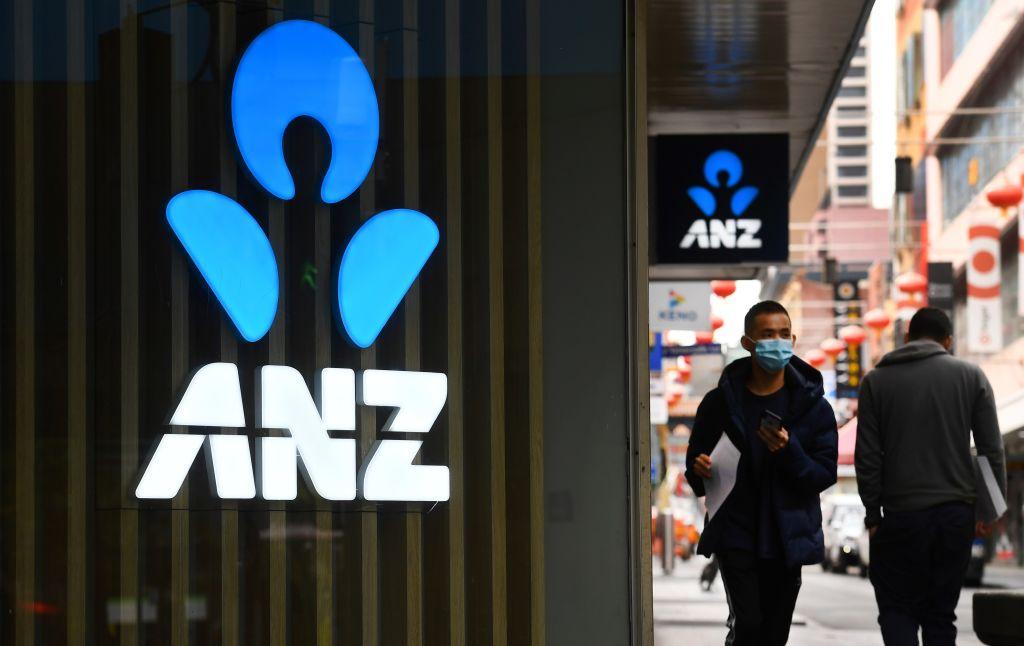The Australian Competition Tribunal has overturned, on appeal, an earlier decision preventing the “big four” bank, ANZ, from acquiring the banking business of Suncorp.
The decision paves the way for a $4.9 billion takeover, setting up Australia’s largest merger in the banking industry since the 2008 Global Financial Crisis.





